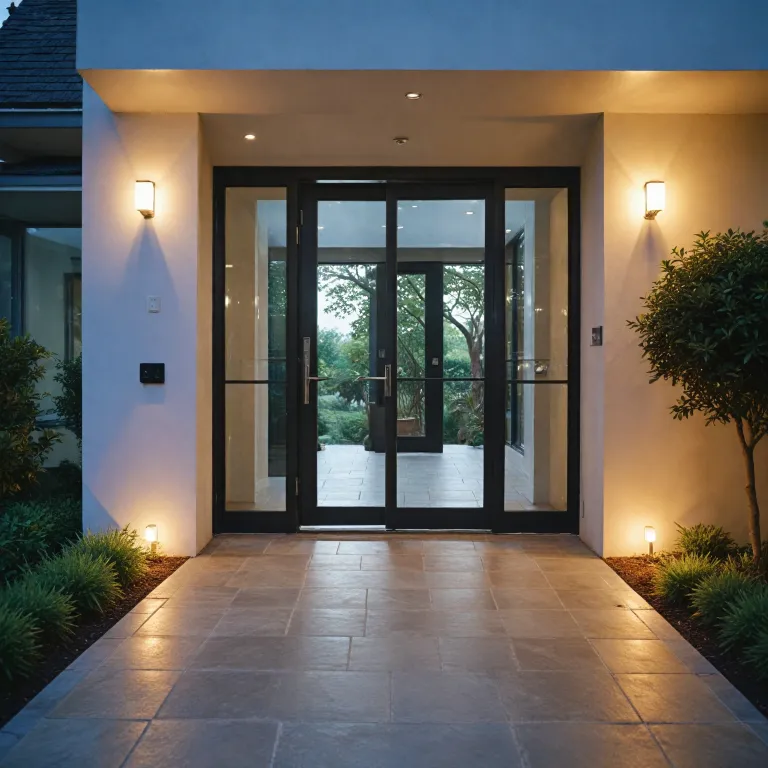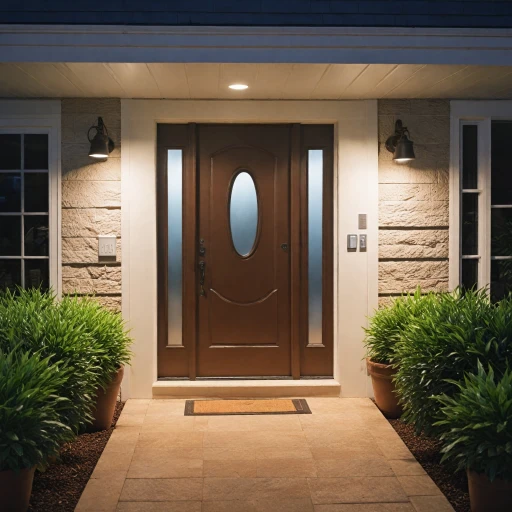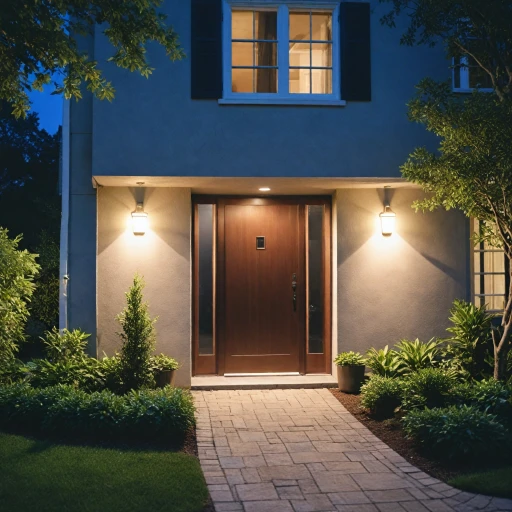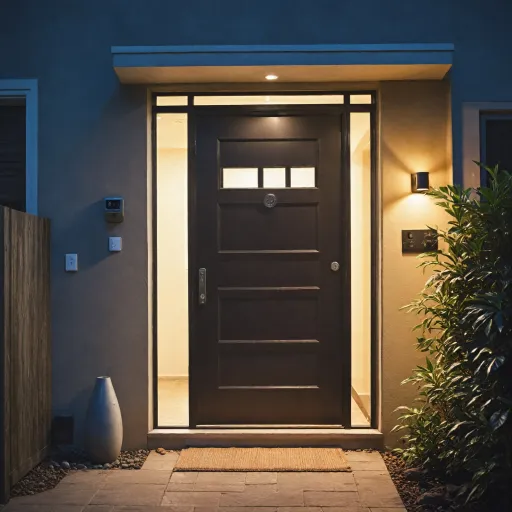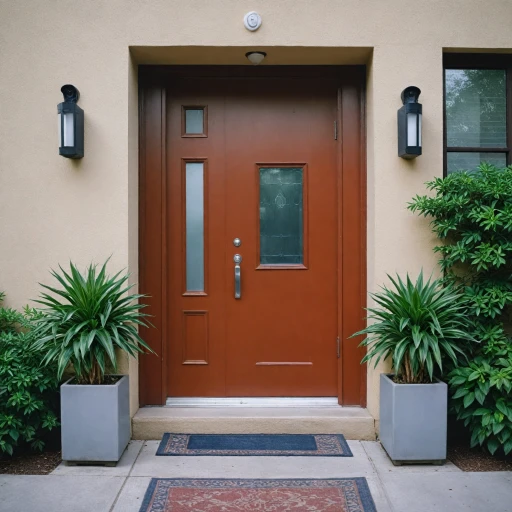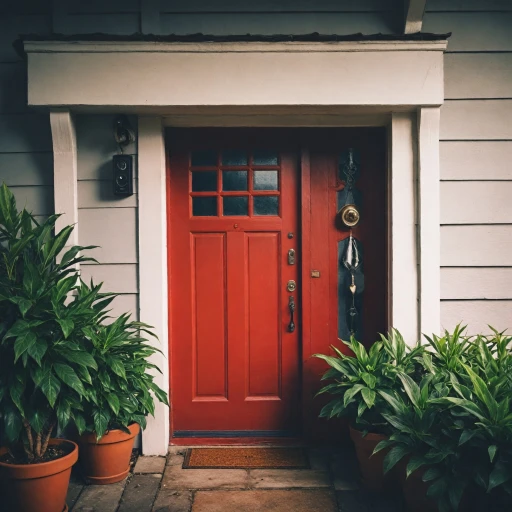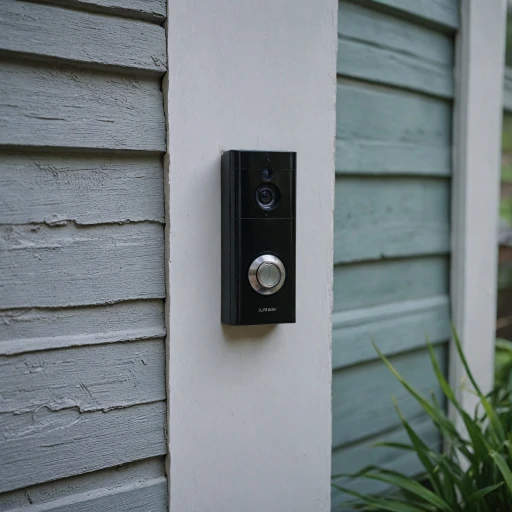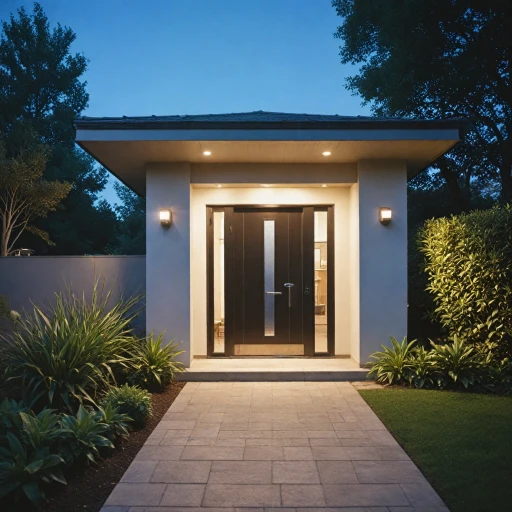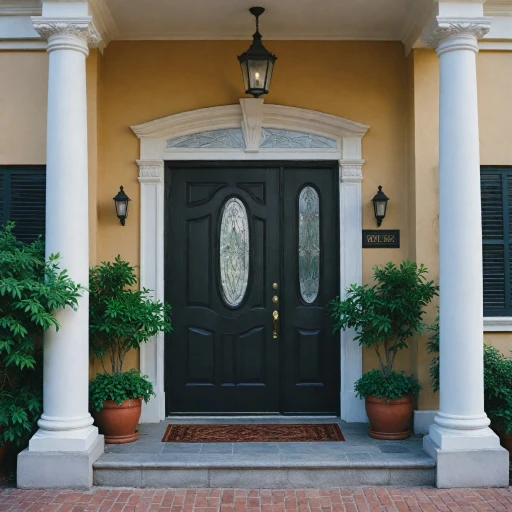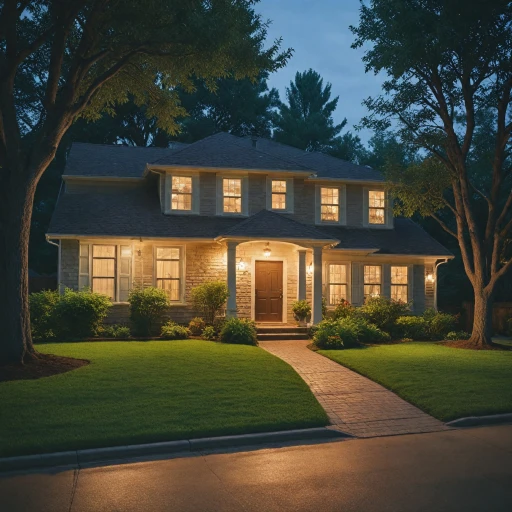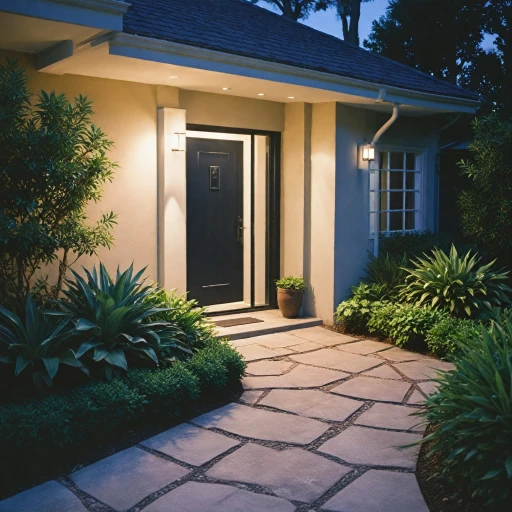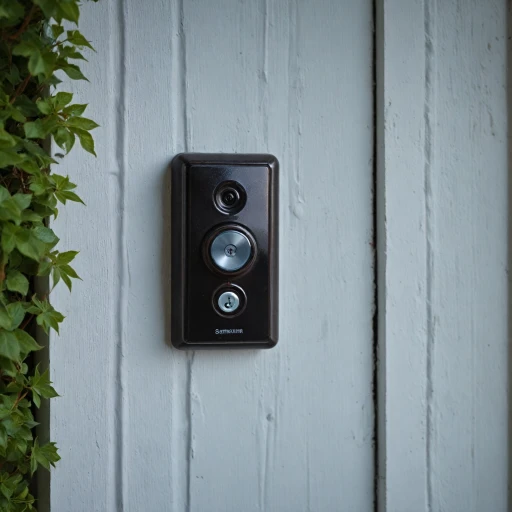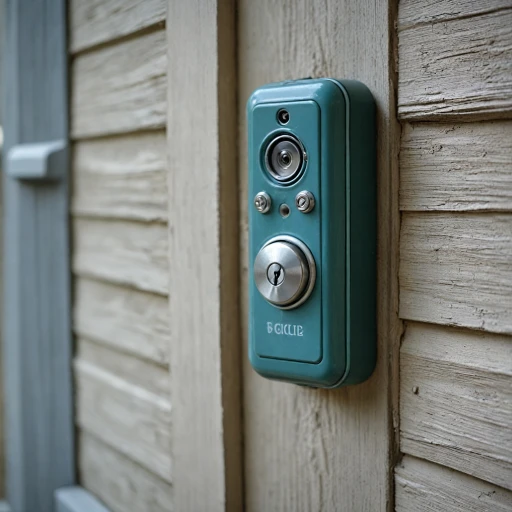
Understanding Door Contact Sensors
What Are Door Contact Sensors?
Door contact sensors are small devices that play a crucial role in home security systems. These sensors are typically installed on doors and windows to monitor their open and closed states. They consist of two main components: a magnet and a reed switch. When the door or window is closed, the magnet aligns with the reed switch, completing an electrical circuit. If the door or window is opened, the circuit is broken, triggering an alert in the security system.
Types of Door Contact Sensors
There are various types of door contact sensors available, each designed to suit different needs and preferences:
- Surface Mount Sensors: These are mounted on the surface of the door or window frame. They are visible but easy to install.
- Recessed Door Sensors: Installed within the door or window frame, these sensors are hidden from view, providing a more discreet option.
- Wired Door Sensors: These require wiring to connect to the security system, offering a reliable connection.
- Wireless Door Sensors: These use radio signals to communicate with the security system, making installation simpler and more flexible.
How Door Contact Sensors Work
The operation of door contact sensors is straightforward yet effective. When the door or window is closed, the magnet keeps the reed switch in a closed position, maintaining the circuit. If the door or window is opened, the magnet moves away, causing the reed switch to open the circuit. This change is detected by the security system, which can then trigger an alarm or send a notification to the homeowner.
Applications Beyond Doors
While primarily used on doors, these sensors can also be applied to windows, overhead doors, and even cabinets for added security. They are a versatile component of any access control system, ensuring that any unauthorized access is promptly detected.
For more insights on enhancing your home security with smart devices, check out this comprehensive guide.
Integration with Ring Doorbell
Seamless Integration with Ring Doorbell
Integrating door contact sensors with your Ring Doorbell system can significantly enhance your home security setup. These sensors work by detecting when a door or window is opened or closed, providing real-time alerts to your smartphone or other connected devices. This integration allows you to have a comprehensive security system that not only monitors video footage but also keeps track of entry points in your home.
When you pair door contact sensors with your Ring Doorbell, you create a more robust security network. The sensors can be installed on doors, windows, and even overhead doors, ensuring that you are alerted to any unauthorized access attempts. This setup is particularly useful for monitoring areas that are not directly visible to your Ring Doorbell camera.
There are various types of door contact sensors available, including wired and wireless options. Wired door sensors offer a reliable connection, while wireless sensors provide flexibility in installation. Magnetic contact sensors, which use a magnet and a reed switch, are popular for their simplicity and effectiveness. These sensors can be surface-mounted or recessed, depending on your preference and the design of your doors and windows.
For those looking to enhance their security system further, integrating door contacts with access control systems can provide an additional layer of protection. This setup allows you to control who can enter and exit your home, making it an ideal solution for those who prioritize security.
To explore more about enhancing your home security with the Ring Smart Doorbell 2, visit the Ring Smart Doorbell 2 guide.
Benefits of Using Door Contact Sensors
Maximizing Security Advantages
Utilizing door contact sensors significantly boosts the overall security framework of your home. These compact devices offer heightened vigilance by instantly notifying you when a door or window opens. This immediate alert system ensures that unauthorized access is detected in real-time, whether the intrusion occurs through a recessed door, window, or even an overhead door. Not only do these sensors enhance security, but they also integrate seamlessly with your existing access control systems. When combined with the capabilities of a Ring Doorbell, they create a more comprehensive security solution. The harmonization between your Ring Doorbell and your contact sensors extends your protective net, enabling a more extensive coverage area and optimizing your security measures without disruptions. Investing in these technologies comes with additional benefits.- Compatibility: Door contact sensors, regardless of whether they are wired or magnetic, work well with most alarm systems. Whether surface-mounted or recessed, their ability to detect open or closed states improves the efficiency of your safety protocols.
- Remote Monitoring: You gain the advantage of observing door and window status from any location, turning your smart devices into reliable security partners.
- Cost-Effectiveness: In terms of price, these sensors offer great value for money by providing crucial additional layers of security with minimal financial investment.
Installation and Setup Tips
Effective Methods for Installation and Setup
Setting up door contact sensors can enhance your home's security significantly, especially when integrated with devices like the Ring Doorbell. By following these simple yet effective techniques, you can ensure an optimal setup.- Selecting the Placement: Identify which doors and windows will be best served by contact sensors. Consider high-traffic areas and points of potential unauthorized access to maximize your security system's effectiveness.
- Choose the Right Sensor Type: Depending on your door and window types, you may want to opt for surface mount or recessed door contacts. Surface mount sensors are easier to install, while recessed ones provide a more discreet look.
- Wired vs. Wireless: Decide between wired or wireless options based on your home's infrastructure and personal preference. Wired sensors can offer a reliable connection, whereas wireless sensors provide more flexibility in placement but may require battery replacements over time.
- Ensure Proper Alignment: For magnetic door contacts to function correctly, the magnet and the reed switch must align precisely. Test the alignment to confirm that the sensor triggers when the door is open and closed.
- Testing the System: Once installed, thoroughly test the sensors to ensure they sync appropriately with your contact sensor system and alarm setup. Access control is crucial, so confirm that your smart home security components work cohesively.
Common Challenges and Solutions
Tackling Installation Difficulties and Addressing Setbacks
Integrating door contact sensors with your security system can sometimes present challenges, but understanding common issues can ease the process. Here are some potential stumbling blocks and how to effectively address them to ensure a smooth setup and optimal performance:- Compatibility Issues: Ensure that your door contact sensors are compatible with the rest of your security setup, including your Ring Doorbell. Some systems may require specific types of wired or wireless sensors. Double-checking compatibility before installation can save you time and avoid frustration.
- Signal Interference: Wireless door contacts may occasionally experience signal interference, especially if your home has thick walls or interference from other electronic devices. In such cases, consider using a wired door sensor or strategically placing a signal booster to enhance connectivity.
- Alignment Problems: Magnetic contact sensors need precise alignment for the magnet and the reed switch to detect door open or closed states correctly. Misalignment can lead to false alarms or, worse, a lack of alerts. Take your time during installation to ensure accurate positioning, perhaps using a level for added precision.
- Battery Life Concerns: For battery-operated sensors, regular maintenance is essential to maintain system integrity. Keep a schedule to replace batteries before they die to avoid gaps in security coverage.
- Environmental Factors: Extreme weather conditions can impact the performance of your door sensors, especially if they are surface-mount or exposed. Consider using recessed door sensors for better protection against elements.
Choosing the Right Door Contact Sensors
Selecting the Optimal Contact Sensors for Your Setup
Choosing the right contact sensors for your home security system can be crucial. Not all sensors fit every situation, so understanding which options best meet your requirements is key to enhancing the overall security of your home. First, determine the type of sensor that aligns with your access control needs. You have several options:- Surface Mount Sensors: Ideal for easier installation on both doors and windows without the need for drilling. They attach directly to the surface and provide clear visibility of your security setup.
- Recessed Sensors: A more discreet option, perfect if you want your sensors to blend seamlessly with your door or window. These are installed within the frame, making them less visible yet equally effective.
- Wired vs. Wireless: Wired sensors are typically more reliable as they aren't susceptible to wireless signal interference; however, they require more intensive installation efforts. Wireless sensors offer flexibility and ease but may need regular battery changes.
